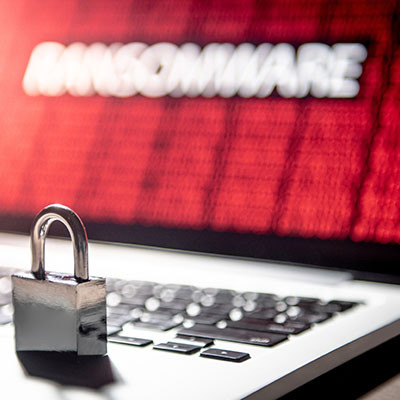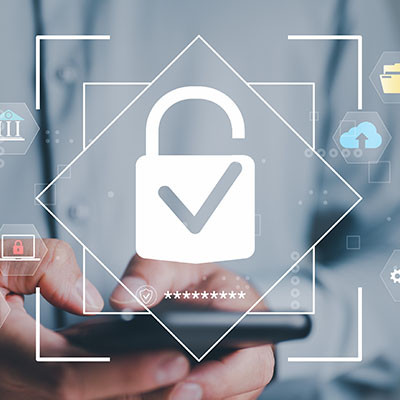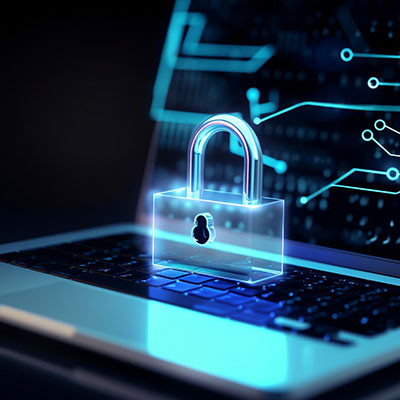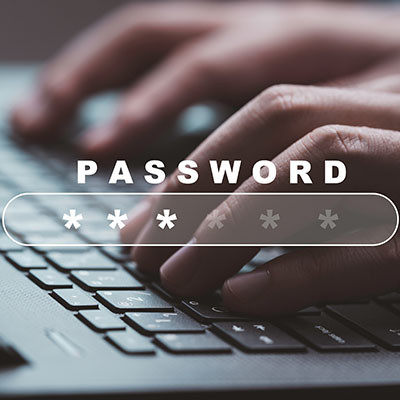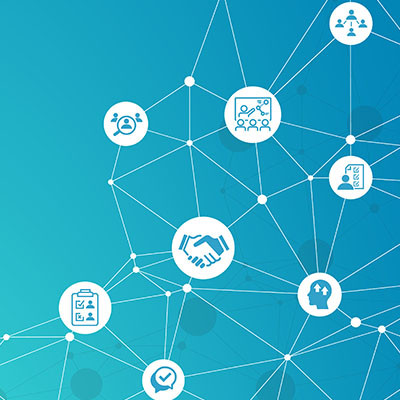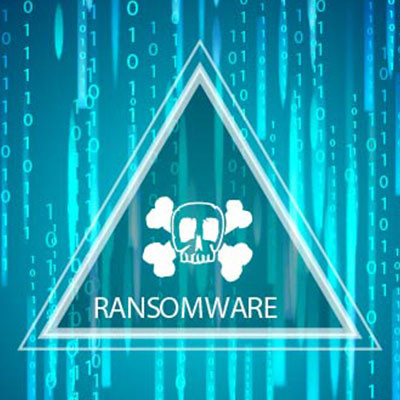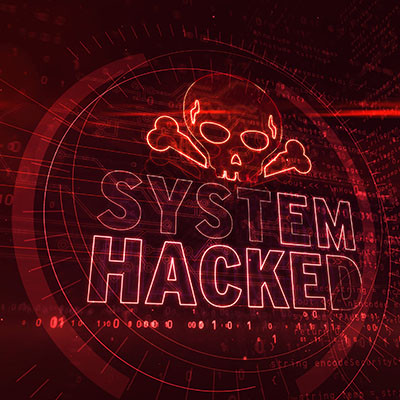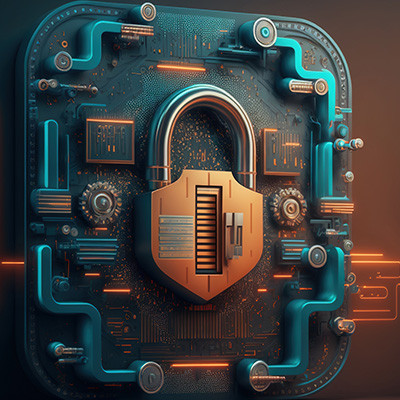We throw around the term “ransomware” an awful lot, and while we’re confident that most people have some level of familiarity with the concept at this point, it is important that we acknowledge that not everyone has our experience in dealing with it. As such, we wanted to answer some of the questions we hear fairly often about ransomware.
Cerberus IT Solutions Blog
In today’s world of flexible working environments and conditions, you want to be intentional with how you share and distribute access to your company’s data. You’ll need to ensure that you are not accidentally putting your data in harm’s way due to outdated and insecure data retrieval policies and procedures.
In 1996, the United States Congress passed the Health Insurance Portability and Accountability Act, better known as HIPAA, in an attempt to streamline the healthcare system while also maintaining individual privacy of individuals’ health records. This regulation allowed people to more effectively and securely transfer their health coverage without the risk of fraud or abuse of health records. As you can imagine, your technology plays a significant role in making this happen.
Cybersecurity is complicated, with countless moving parts that all contribute to a well-protected network. This includes password changes, multi-factor authentication, and policies and procedures that could make the average workday a headache for the average office worker. Cybersecurity burnout is a real thing, and it’s becoming a major problem for businesses that don’t approach it intentionally.
Modern businesses depend on cybersecurity to help keep operations from being targeted by hackers and other cybercriminals. Businesses need to be both resilient and agile in how they protect their infrastructure from these threats. Let’s discuss four of the most important ways your business can protect itself from the growing threats of malware, ransomware, phishing attacks, and other cybersecurity threats.
Quick response codes, or QR codes, are all over the place in today’s business world. They have largely been implemented as a means of providing contactless services throughout the pandemic and post-pandemic business environment, but they have also long been used for things like menus, document access and management, and so on. Even cybercriminals are using QR codes to their advantage, making it harder for all of us to trust them.
While artificial intelligence is being adopted across numerous industries, one that many people may not think of is the cybercrime industry. Fortunately, AI can also be used to stop some forms of cybercrime, such as phishing. Let's talk about how AI might soon be an integral part of your phishing prevention.
World Password Day is indeed a thing, and it’s a thing to celebrate in the world of business technology, as it celebrates password awareness and advocates account security in a time when cybersecurity has never been more important. To help you observe World Password Day, we want to go over why passwords are important and why you need to take password security seriously.
The Internet of Things is pervasive in the way that many devices which you might not expect to be connected are, in fact, connected to the Internet. Smart speakers, smartphones, smart appliances, you name it, could potentially be a security threat if left unchecked. This doesn’t just go for businesses, either; even consumer smart devices could leave users vulnerable.
All companies have policies in place which govern how their employees use their technology, so it makes sense that any new employees should be onboarded in accordance with these expectations. Let’s go over how you can make sure your new employees know and understand your organization’s policies as they relate to business technology.
The headlines hyping up ransomware as a dangerous threat are not exaggerating. It really is as bad as it seems, although there is often a fair amount of embellished information on what ransomware exactly is and what it does. Let’s take some time to review what ransomware is and how your business can handle it in an appropriate way.
It sincerely seems that every other day features news of another cyberattack, and it isn’t uncommon for the word “ransomware" to be tossed around an awful lot. Let’s take a few moments to go over—or review—what ransomware is, and arguably more importantly, how to handle any you or your team encounters.
The smartphone app ecosystems today are extraordinarily vast. The Google Play store has over 3.5 million apps available, while the Apple App store has over 1.6 million apps. The question becomes, with so many different applications available on these platforms, how can you be so sure that the apps you are downloading to your mobile device are secure? Let’s take a look at mobile app store security and why it’s become more than just a security issue.
Email is crucial to the success of any business, but it also might contain sensitive information that is meant for the eyes of your organization—and its clients—only. Most modern email platforms give you tools you need to secure your email solution, so let’s go over how you might enable these features and what they look like.
The blockchain is a technology that has really taken off in the past couple of years, with many people asking if the same technology behind cryptocurrencies can be applied to other uses and applications. Let’s consider how the blockchain might be used outside of cryptocurrency and in various industries—particularly for security—in the future.
Remote work is now more common than it has ever been before, so we want to ensure that you are informed about the security implications of switching from in-house operations to remote or hybrid operations. Let’s discuss some practical ways you can implement remote work security policies and procedures.
There are so many threats out there that there are positions dedicated within companies to protecting network infrastructures and managing cybersecurity strategy. This alone should be enough to get you to take it seriously. With your employees controlling the “keys to the castle,” i.e., passwords, you need to make sure that you have a solid password strategy in place so as to not inadvertently put your company at risk.
Bad news for T-Mobile users, they’ve suffered another data breach. Hackers have gained access to customer data for nearly 37 million individuals, including both pre-paid and subscription-based accounts. Let’s look at what has happened and what knowledge you might apply to your own network security practices.

